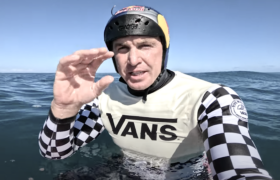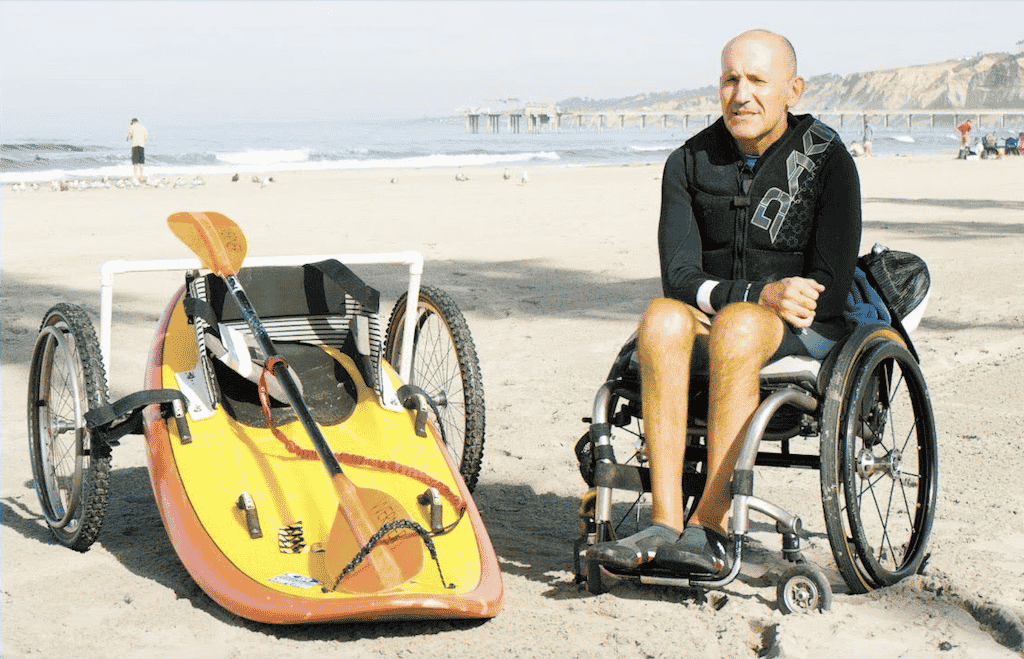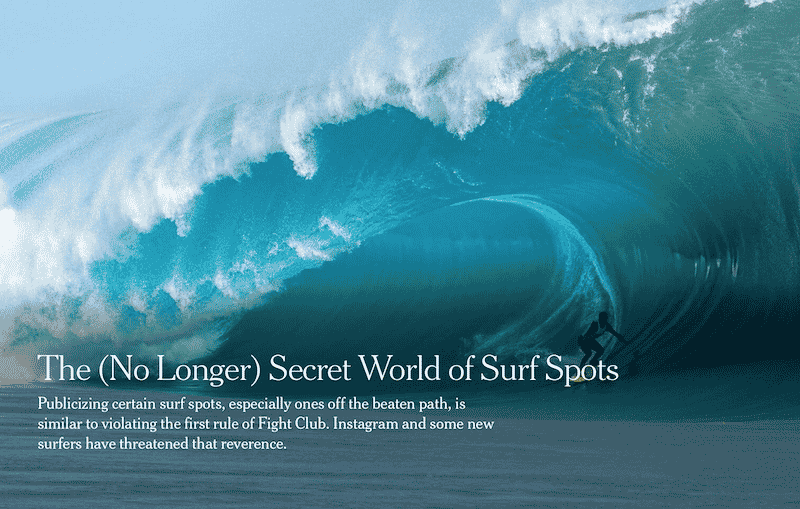So much potential!
It is not a stretch to understand that many surfistas like to watch the best surfers in the world, well, surf.
These dedicated viewers ignore the consistently inconsistent judging, the noise from the commentary booth, the lay days, poor conditions and odd hours, only to see the truly best in the world get relegated by surfers not only of lesser ability and talent, but also less interesting to watch ride waves. This is defeating the purpose in the words of my papa, Julio.
The reality is that since its inception pro surfing has only had moments or stretches, at least upon appearance, of being stable, established and well, professional.
If scrutinized with objectivity the tour has the feel of a hand-to-mouth scenario and has year after year and decade after decade. Yes, true that Parko and a few others like Fanning even more so, have cashed in and cashed up muy larga. As in, literally millions of dollars of wealth.
Then there’s the rest.
Those really good surfers, super talented, raw, gifted. And year after year get within a cactus needle of qualifying but don’t quite make it over the line. Eventually they say ‘puta madre to this’ and unceremoniously disappear off the radar forever.
Especially when they were on the receiving end of yet another bad or poor or questionable call from the judges, which cost them a shot at the show and it happens every event.
But Raul is not writing this to make amigos y amigas if you catch the drift. The rest of the people watching and trying to enjoy these events work actual jobs and have different struggles.
However, there is an Achilles’ heel for the company. It’s the world wide web and the heat analyser and Raul uses this to my advantage.
It’s the cut to the chase, watch only the scored waves and avoid the incessant and often punishing babbling from the commentators and administrators, which like Red Light District workers appear willing to sell their souls for a paycheck and tread very lightly on any judging issues.
Part of what inspired this discourse was seeing the small waves at G-Land and how it was reminiscent of the often wildly inaccurate fantasies of the early days of the original pro surfing body, the IPS. The event gets run no matter what.
The dream tour? “We’re on the clock and that costs!” the cry heard echoing down the hallway of the corporate office.
If you look at the events from the nineties at G-land, the 2022 version was laughable but at the same time sad. I suspect that most watching were expecting some epic conditions for the comp, no?
Reportedly the party was the only part that resembled the events held back then.
Many reading this have been to the iconic Grajagan and likely more than once. Watching Juan-Juan knocked out in gutless, lacklustre three-foot waves somewhere between Launching Pad and Money Trees was no bueno. Jadson Andre knocking out world title contender, 2x world champion and the best surfer in the world in beachbreak-like junk, was a head shake combined with a shoulder shrug as in wtf, over?
Was it the former Oprah producer now CEO (she gave the world Dr. Oz as well amigos, just be sayin’) brainstorming how to make the company’s product profitable?
“Lets bring back the mid-season cut! It’ll save money, we can get in and out of events faster and it’ll be more entertaining, you know, get rid of the deadwood like Coffin and Callinan and that rookie of the year kid what’s his name … and we can package it and sell it to the misinformed and clueless and maybe cable! Dirk will be happy and the bonus will be ours!”
Hombres, I ask you this:
A world title decided where the fifth-placed overall surfer after a season of competition could win it and be considered the World Champion?
The pro surfing tour has had the air of desperation before but never like this. Not where a person worth an estimated $5 billion owns it.
But instead of embracing it as one would a first love, hands it off to a former TV exec with a SUP who treats it like a foster kid that he beats with his paddle. It all looked so promising when Ziff started backing surfing.
Of course, it’s been forgotten that in 2014 a piece in the Vogue parties section reads “Photos: Dirk Ziff and Harvey Weinstein Host Summer Cocktails to Celebrate ASP World Tour Surfing.” Yeah, the Harvey who’s a convicted sex offender and was sentenced to prison for 23 years.
This tour in its present incarnation feels all too corporate and has the air of bad karma.
Bobby Martinez saw pro surfing for what it was becoming and said “no, gracias.” Actually he said “I don’t wanna be a part of this fuckin’ dumb wannabe ASP tennis tour” referring to the newly introduced mid-year cut.
For my hard earned dinero he is a prophet.






